Forestry planning needs to change
As part of its function, the Plan Implementation Committee of the Kalum Land Resource Management Plan comments on resource use within its area. .
Skeena Sawmills is asking the province to approve a new forest stewardship plan (FSP) laying out potential forest development activities. Each plan has a term of five years.
February 22, 2023
Review of Forest Stewardship Plan by Skeena Sawmills for TFL 41 the Kalum TSA and Nass TSA
Public Comments from the Plan Implementation Committee (PIC) of the Kalum Land Resource Management Plan (KLRMP)
Mark Reiter, Woodlands Manager, Skeena Sawmills,
Thank you Mark for the opportunity to comment on the Forest Stewardship Plan (FSP).
As reviewing these FSP is daunting for a non forester I appreciate the background preamble and the format that you used in this plan referencing the various plans and legislation. It is unfortunate that we could not meet with you directly as a PIC but we have had previous meetings with you and you are aware of our ongoing concerns and priorities.
This FSP has remained status quo within the regulations and it would have been nice to have you present any changes beyond this that you feel would be to the benefit of forest stewardship.
There is a lot in motion provincially and locally with FN treaties, Old Growth Strategy, co location of OGMAs, and now the recent news announced for innovation and forest stewardship. Of course the FSP does not anticipate the changes but how flexible is this plan and how will it be driven by the changes as they are rolled out.
The PIC anticipates that this FSP and other pending FSP will have to be revised to reflect this even before the forest landscape plans.
The new announcement to implement alternative cutting regimes, innovation in silviculture along with the repeal of the FRPA words prioritizing harvest timber over other values now enables the opportunity for more flexible stewardship.
The PIC encourages more biodiversity with alternate cutting, more gap-based logging in harvesting old natural stands in agreement with natural disturbance, and introducing old growth attributes in second growth stands.
Within all this the status of old growth with TFL 41 remains unknown. The data of deferrals (Recommendation 6) of old growth from harvest in TFL 41 has been an unavailable for the review as Skeena Saw mills has held back proprietary data. This complicates the already vagueness of these FSPs.
The PIC applauds the information sharing of the operational plans with the availability of future cut blocks to the public. This is helpful but addition of the deferred lands is required.
Areas that the PIC would like the FSP to consider beyond the regulatory framework include the voluntary application of watershed assessments. The PIC acknowledges that there is no legal requirement but with the increase pressure on fish, impacts of waters flows on settlements, past history of logging etc., watershed assessments would allow for the understanding of a system’s sensitivity and risk and therefore help direct logging approaches. Professional guidelines with best practices for hydrology and watersheds can become part of regular operations.
The PIC makes additional recommendations for promoting information sharing and public engagement. To enable a better understanding of operations we request a yearly analytical report of what has been done. This would helpful to understand at the table what is actually taking place. Along with this the notification of cutting and road permits would assist as well.
We are in a time of change and need to be responsive in forestry, and land use planning. We acknowledge that we plan and work within the current parameters but need to be responsive to need and change.
Cheryl Brown, Chair of the PIC
Coast Tsimshian Resources is another company within the Kalum Land Resource Management plan seeking a new forest stewardship plan (FSP)
February 24, 2024
Additional Comments to Coast Tsimshian Resources (CTR) re Forest Stewardship Plan (FSP) submitted from the Plan Implementation Committee (PIC) of the Kalum Land Resource Management Plan (KLRMP)
Re: Review of CTR FSP application
First of all the PIC would like to note the challenge to write an FSP that responds to the requirements of FPPA and the SRMP as well as ensuing regulation (LUORs, GARs). CTR has done it well. In that spirit, the PIC would like to make three recommendations to improve plans generally:
as plans are public documents, using simpler language that clarifies the points being raised in the FSP 1 , would increase stakeholder support for them.
conferring with the PIC during the draft stage, so comment comes at the beginning and not the end of the process of review would be another opportunity to increase community support.
sharing cutting and road permits, other applications with the PIC for comment, as this is where the plan truly comes alive, would create a sound, effective working relationship. Similarly sharing the annual analytical reporting that occurs between FSPs.
To move now to substance. The FSP does not anticipate the changes that were heralded by government’s complete acceptance of all the recommendations contained within ‘A New Future for Old Forests’, especially its mechanism of deferring priority Old Growth from harvest until a new approach to forest harvest could be developed.
This has just been reinforced this week by the government’s announcement of new measures on old growth, innovation and forest stewardship. Selective harvest and repealing the FRPA wording prioritizing timber harvest over other values will now drive stewardship. This FSP and others will now have to be revised to reflect that.
The reality of climate change is continuing to drive related public systemic changes to deal effectively with carbon release, and the challenges of drought, fire and water management. This plan will be increasingly called upon to meet those challenges and should anticipate additional policy changes coming from government.
Lastly, in this latest release, government announced $90 million for innovation and a further $10 million specifically for innovation in silviculture. Use of these funds, especially with stakeholder support, could place CTR, Skeena Sawmills and other local licensees in the forefront of the government’s priority of creating community resiliency.
The plan notes how some practice requirements may be seen as optional and therefore, where this FSP can then consider itself exempt. While this makes operational sense, the nature of the change should be clear so that it is equally clear that CTR is using an equal or better strategy to obtain better results
Page 25 of the plan dealing with Objectives 13 and 14 of the SRMP, speaks to the possibility of road construction through SRMZs. Elsewhere, the plan generally accepts minimums without trying to create higher levels of retention.
We appreciate this opportunity to connect with you
Cheryl Brown
Chair
